Click to read the article in Turkish
In the last two years, South America, from the south to the north, from the east to the west, with few exceptions, is governed by a chain of "left" governments, As the left tide flows in Latin America, peoples are pushing forward once again with the dynamism they had won at the beginning of the millennium, while the number of the members of the "Progressive International" are increasingly growing among the parties, alliances and individuals who ascend to power in Chile, Bolivia, Argentina and Brazil, and it is observed that they have been assuming leading roles: Member of the Advisory Board of Progressive International, Gustavo Petro has become President of Colombia, Convergencia Social, the party of the President of Chile Gabriel Boric is a member organisation of the Progressive International, Giorgio Jackson,chief of staff of Boric and Minister of State of his first cabinet is a member of the Advisory Board of the Progressive International and his party Revolución Democrática is a member of the Progressive International. Fernando Haddad former Mayor of Sao Paolo Municipality in Brazil, is a Progressive International Advisory Board member, he has lost the mayoralty this term but is expected to assume a powerful ministery in the forthcoming Lula cabinet. On the other hand, Progressive International has played an active role in mediating between the left and democratic forces of North America and Europe and the left forces of Latin America and organizing election observation missions and solidarity expeditions, in the context of the north-south dialogue while the left has gained sweeping victories across Latin America.
David Adler, General Coordinator of the Progressive International, was in Latin America all this time. We talked about this continental process and the new internationalist wave with David.
We publish the long interview in three parts.
* * *
With the victory of Lula in Brazil a new tide of the rise of the left has reached its Zenith in Latin America. In the last two years starting with Peru, to be continued with the comeback of the left in Bolivia, and then in Chile, and in Honduras, to be followed by the first ever left victory in Colombia, and now in Brasil, despite a slight set back in the Constitutional referendum in Chile left has gained a sweeping hegemony across the continent, extending its existing base of power in Mexico, Venezuela, Nicaragua, and Cuba.
What was the common bond that pulled these countries together to take over the age-old hegemony of oligarchies and left values, left programmes, left perspectives gained the upper hand vis-à-vis corrupt clientelist policies, a biased corporate media, the church, the military, the US influence and manipulation, etc?
David Adler: On Sunday 30 October — just one hour after the official pronouncement of his presidential victory — Lula da Silva walked through the door to greet the delegation from Progressive International. His message to the international community was clear: "Brazil is back," he told us. "The new Brazil that we will build on January 1st is not only of interest to the Brazilian people, but to all people who work for peace, solidarity, and brotherhood, anywhere in the world."
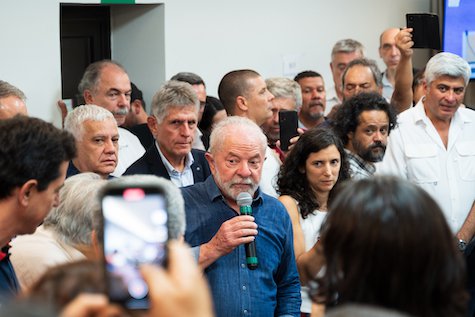
Lula greets the Progressive International delegation
Lula's message carries loudly through the region of Latin America. Over the past five years, we have indeed seen left leaders come to power across North, Central, and South Americas, bringing brand new coalitions to the seat of power where they have never sat before — women, Indigenous peoples, and the working classes. Yet it was Lula's victory in Brazil — for the country's size, economic power, and diplomatic record — solidified the story of a new 'tide' of Latin American left projects.
Accumulation in 50 years
To tell this story properly, however, we must look further back in time — not to the last election, but to the half-century of struggle to win democracy in the region. Fifty years ago, Latin America was dominated by dictators and their imperial backers in Washington DC. But through sustained struggle — from the southern tip of Argentina all the way to the northern border of Mexico — the peoples of the region won their rights to self-determination and evicted these dictators from power.
After this first chapter of democratization came the second: a tide of progressive governments that came into power at the start of the early 21st century. Theirs was a promise to deepen democracy — not just to guarantee voting rights, but to guarantee social rights, as well: to health, to housing, to education. This was the generation of Lula, Correa, Chavez, Morales and Kirchner: governments not just by the people, but for the people as well.
But the story of Latin America's democratization is not linear. Far more than the arrival of a purely procedural democratic process, it was the assumption of power by progressive governments of the early century that threatened the status of the region's elites. Their wealth would be redistributed; their previously unlimited capacity to exploit labor and extract from the land would be curtailed. This challenge inspired the forces of the Latin American right to reorganize.
From this process of reorganization came the great decade of reaction in the region. A program of retrenchment would never beat out the popular vision of Latin America's progressive governments; instead, the right turned to other tactics to subdue democracy and sustain their power. Specifically, they turned to tactics of legal warfare, or 'lawfare' — they sought to capture the judiciary and turn those judges against the region's popular leaders, sending them to impeachment (Rousseff), jail (Lula), exile (Correa, Morales), and exclusion from office (Kirchner).
But these reactionary governments — having come to power through such sordid, corrupt, and illegitimate means — could only repress the peoples of Latin America for so long. They slashed budgets, armed the military, and invited the United States to restructure their economies to favor foreign investors over peoples' needs. And when the people rose up against these policies — as in Ecuador's great IMF revolt in 2019, Chile's 'Social Revolt in 2020, or Colombia's 'National Strike' in 2021 — they sent the police to crack skulls and send protestors to prison.
The common bond to unite
Latin America: '"Ya basta!"
The common bond that unites the left across Latin America today, then, is simply this: We have had enough. In the short-term, the reactionary right can contain the popular through these mechanisms of repression; but eventually, people rise up to reclaim their country and restore the promise of the national liberation movements that gave them independence in the first place. In this way, the new 'tide' of progressive governments in Latin America should be understood as a new 'wave' of democratization, evicting would-be authoritarians from power to restore the social and economic rights first delivered by the progressive governments of the early century.
But this is not a project of pure restoration. The Latin American left today is united by a new vision, updated from the progressive governments two decades ago — one that is feminist, ecologist, and pluralist. It is this process of programmatic renovation that defines the Latin American left today, looking for ways to resolve the contradictions of the past and give to all sectors of society the rights and recognition they deserve.
The challenge now will be to bring these projects into an even closer alignment — to build a common program, a common vision, and a common plan to integrate the left projects of Latin America toward the construction of new pole in the international order: sovereign, socialist, democratic, and peaceful.
_________________________________________
Tomorrow: LEFT TIDE İN LATIN AMERİCA-II: An International to accompany the continental rise of the Left
(AEK)




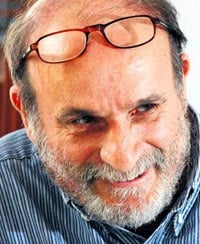
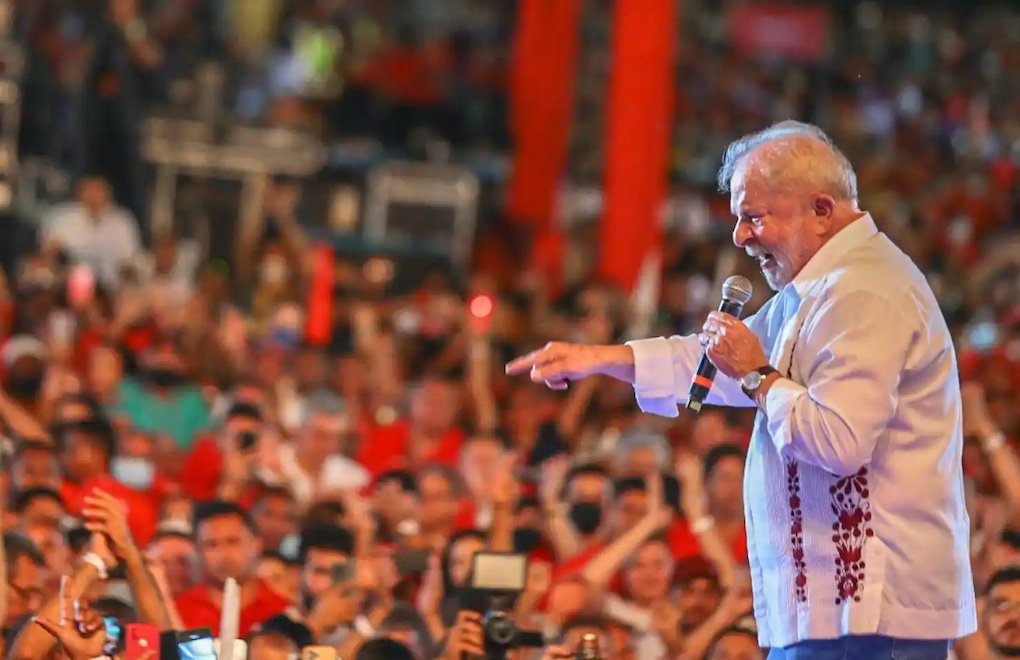
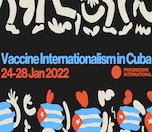
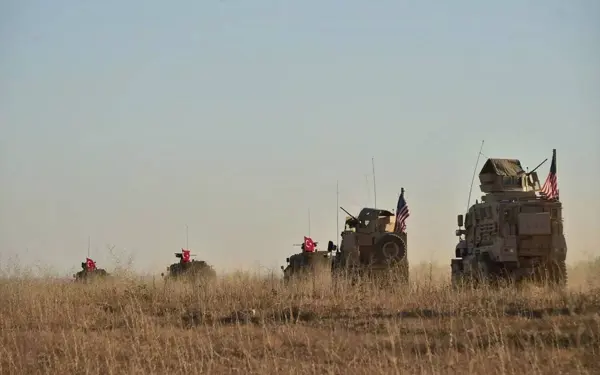
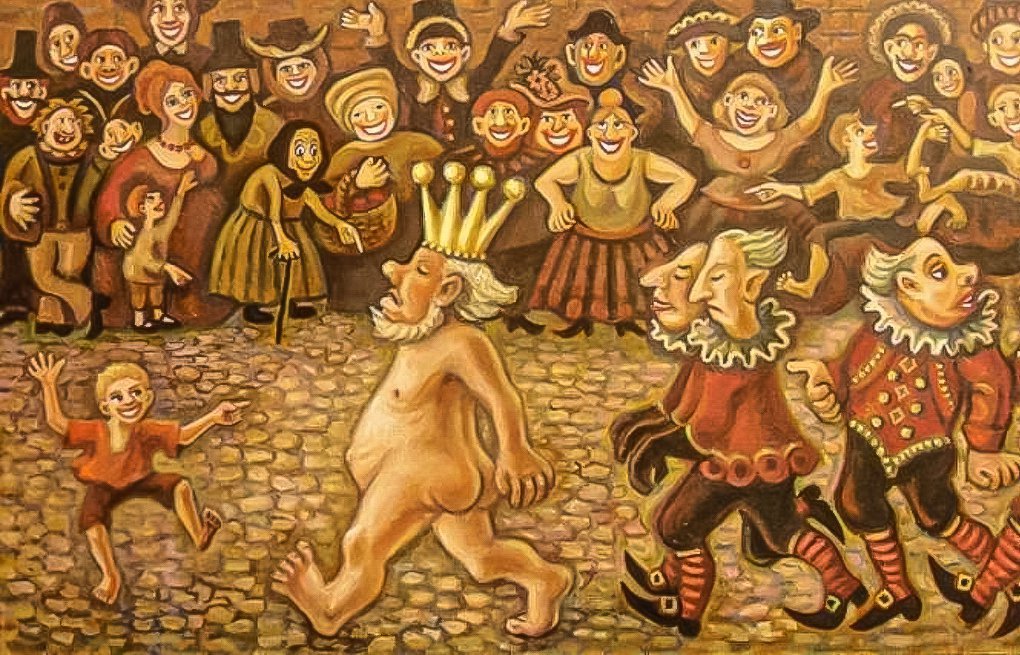
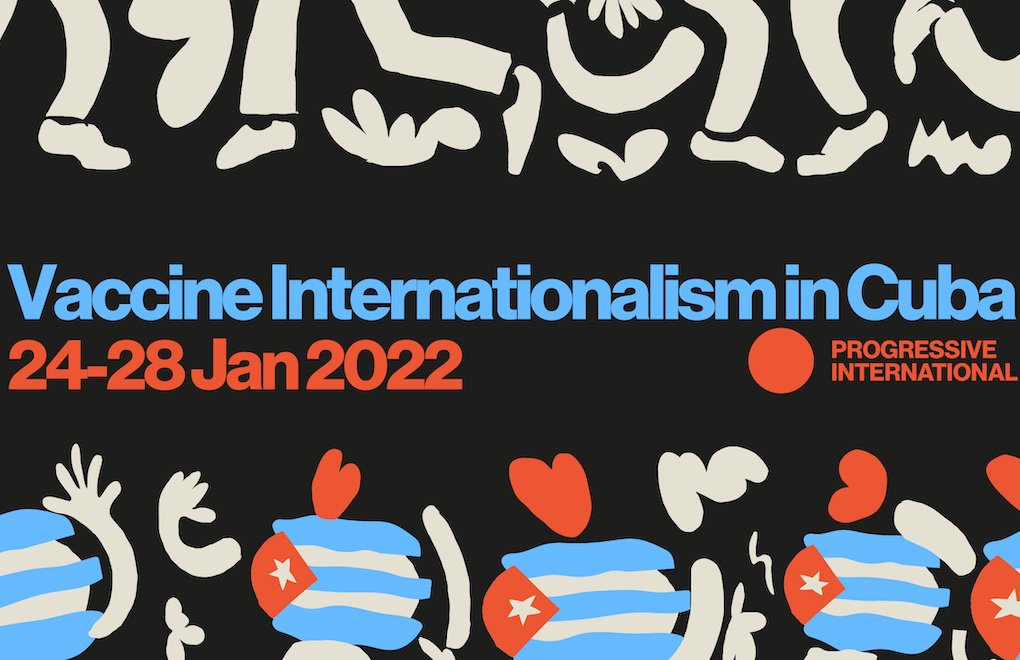
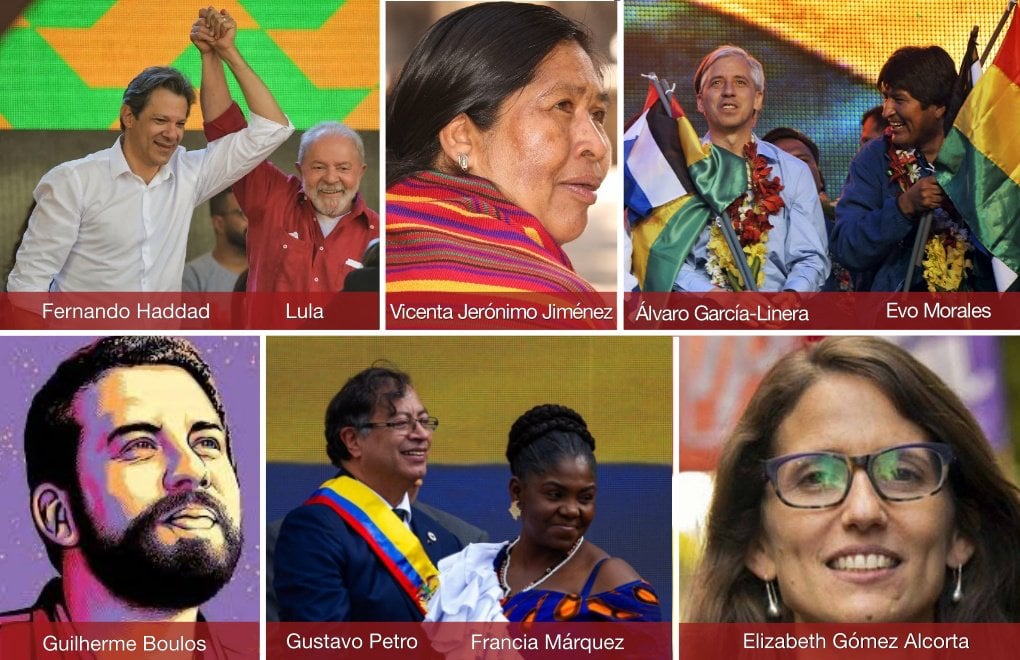
.jpg)